NENDO-MICHI of JIN KATAGIRI ~NIPPON local the soul of clay~ vol.8
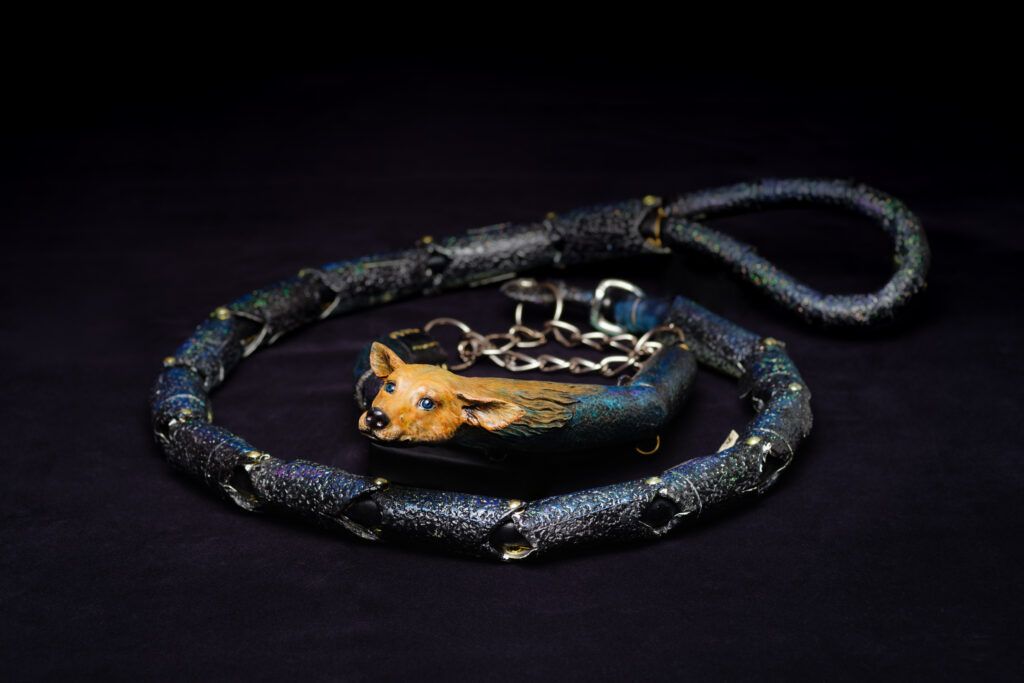
材料: リード、アクリルパイプ、エポキシ、スカルピー、壁紙、虫ピン、ハトメ
Materials: lead, acrylic pipe, epoxy, sculpey, wallpaper, insect pins, pigeonholes
個展の会場が浜松ということで、モチーフは名物のウナギにしようと。ウナギといえば『ウナギイヌ』が思いついたのですが、うなぎの地味すぎるビジュアル(『ウナギイヌ』以外の有名キャラクターがない)、写真映えしにくい細長いボディーと色(ゴロッとした形の方が映える。あと、黒は立体感が伝わりづらい)、となかなかその先に進めません。
Since the venue of my solo exhibition is Hamamatsu, I decided to use the famous eel as the motif. Speaking of eels, I thought of “Unagi Inu”, but the visual of eels is too plain (there is no other famous character other than “Unagi Inu”), and the long and thin body and color are not photogenic (the chunky shape looks better. Also, black is hard to convey a sense of three-dimensionality). It’s hard to go beyond that.
ウナギイヌ‥ウナギ犬‥ウナギ‥犬‥犬‥ウナギ‥‥イヌウナギ!これだ!!
Eel dog, dog of eel, eel, dog, dog, eel, eel dog. That’s it!
そこで、以前から作りたくて仕方なかった愛犬「ちゃこちゃん」のリード(引き綱)をうなぎに見立てて「顔は犬で、身体はうなぎにすればいいんだ!」と思いつきました。
So, I decided to use my dog “Chako-chan’s” leash as an eel, and came up with the idea of making her face a dog and her body an eel.
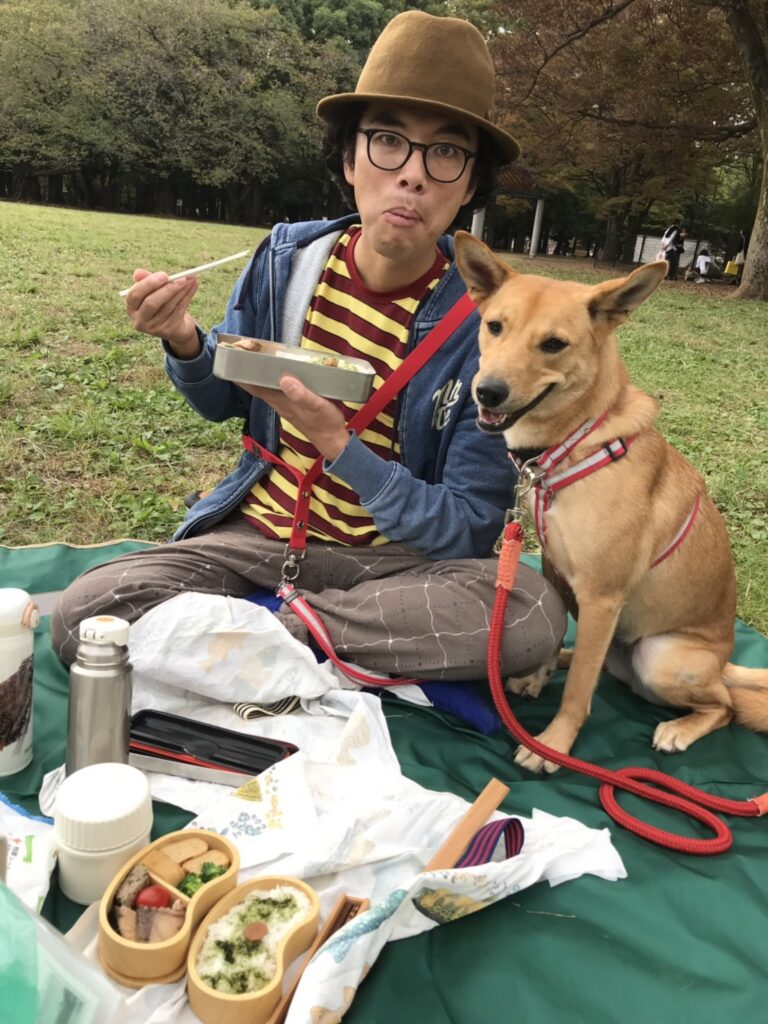
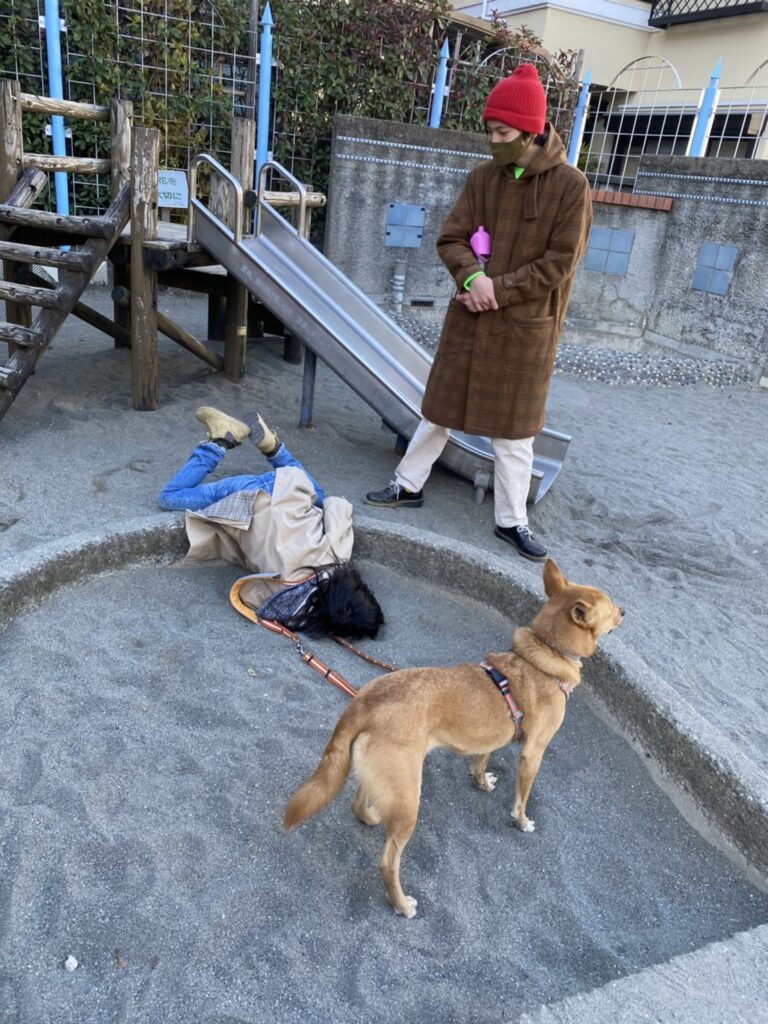
当時は我が家に来て半年、ちゃこちゃんはじっと座っててくれるので、造形しやすかったな〜(今も大人しい)。マッチョ犬なので、顔面の筋肉もハッキリしてるし…。あとは柔らかい縄の素材をどう使うか?という課題もありましたが、市販のリードに塩ビパイプを通して関節を作り、テクスチャーの付いた壁紙テープを張り込んで仕上げました。色はこれまた迷いましたが、とりあえず顔はちゃこちゃんの色にして、身体をウナギっぽい色にしました。
At the time, Chako-chan had been with us for six months, and it was easy to sculpt her because she would sit still (she’s still very quiet). She is a macho dog, so her facial muscles are clearly defined…. I also had to figure out how to use the soft rope material. I used a commercial lead with a PVC pipe to make the joints, and attached textured wallpaper tape to finish it. I was also unsure about the color, but I chose Chako-chan’s color for the face and an eel-like color for the body.
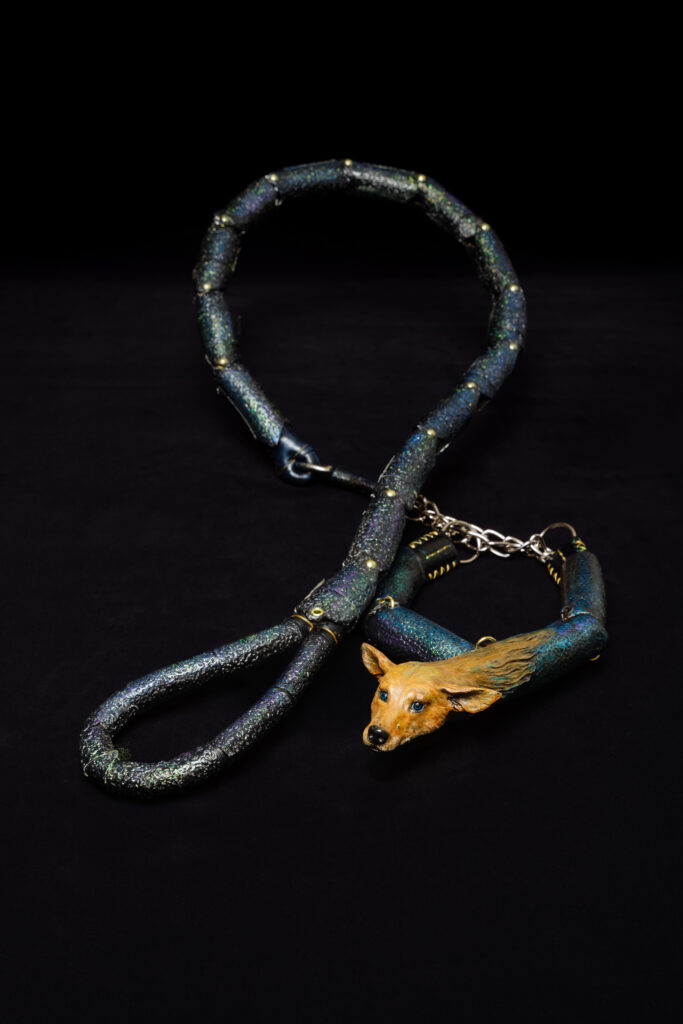
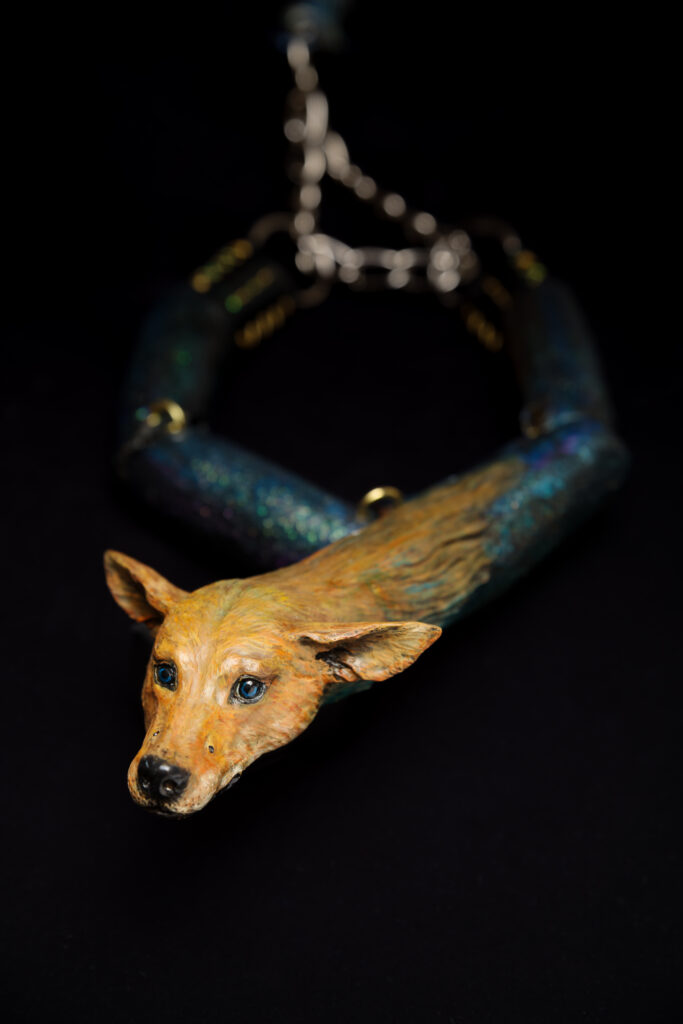
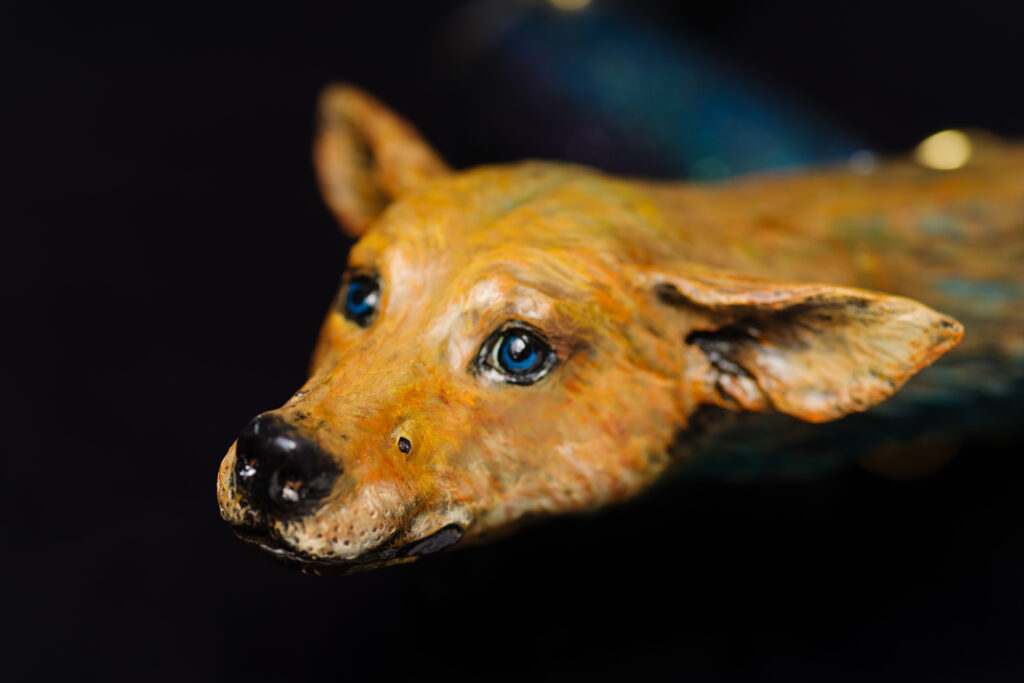
顔は完全に犬に見えるけど、実際はウナギで、耳に見える部分はヒレ、目に見える部分は擬態で、本当の目は鼻の横にある小さな部分です(1ミリの鉄球を使用)
The face looks completely like a dog, but it’s actually an eel, the parts that look like ears are fins, the parts that look like eyes are mimics, and the real eyes are the small parts next to the nose (using a 1mm steel ball).
完成後、実際にちゃこちゃんにつけてもらいましたが、ものすごく怖がってました。今つけたらどうなんだろう?この頃のちゃこちゃんはまだ痩せてたなー。16キロ。今19キロ。
After it was completed, I tried it on Chako-chan, but she was really scared. I wonder what it would be like to wear it now? At that time, Chako-chan was still very thin. She weighed 16 kilos then. Now she weighs 19 kg.
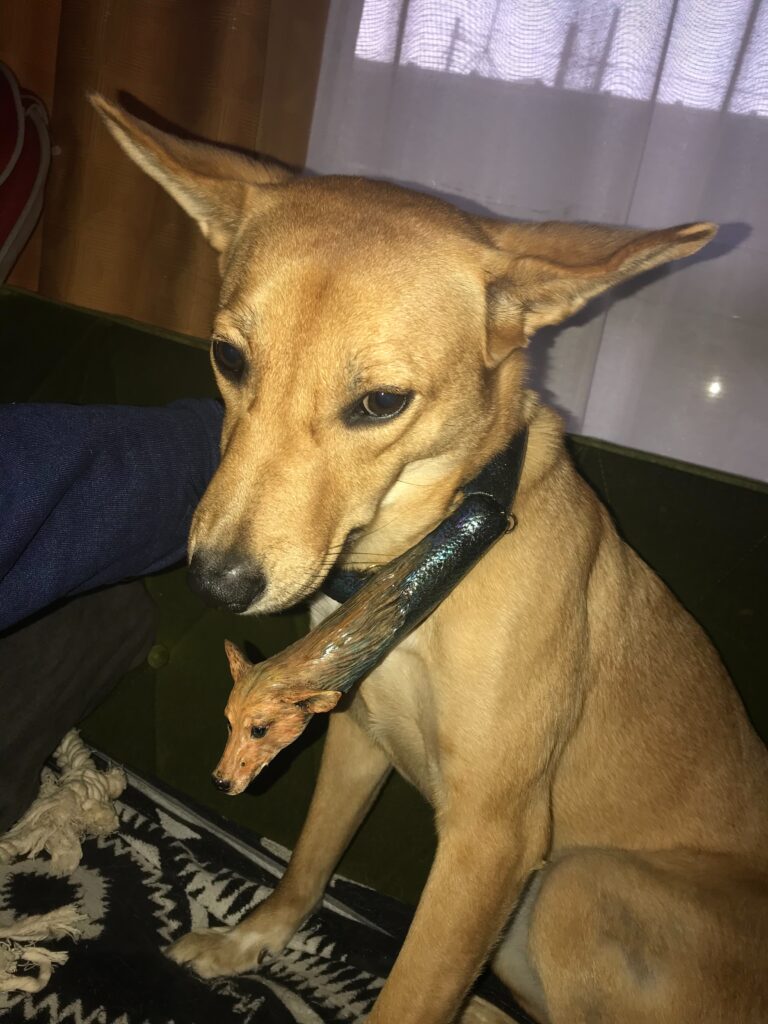
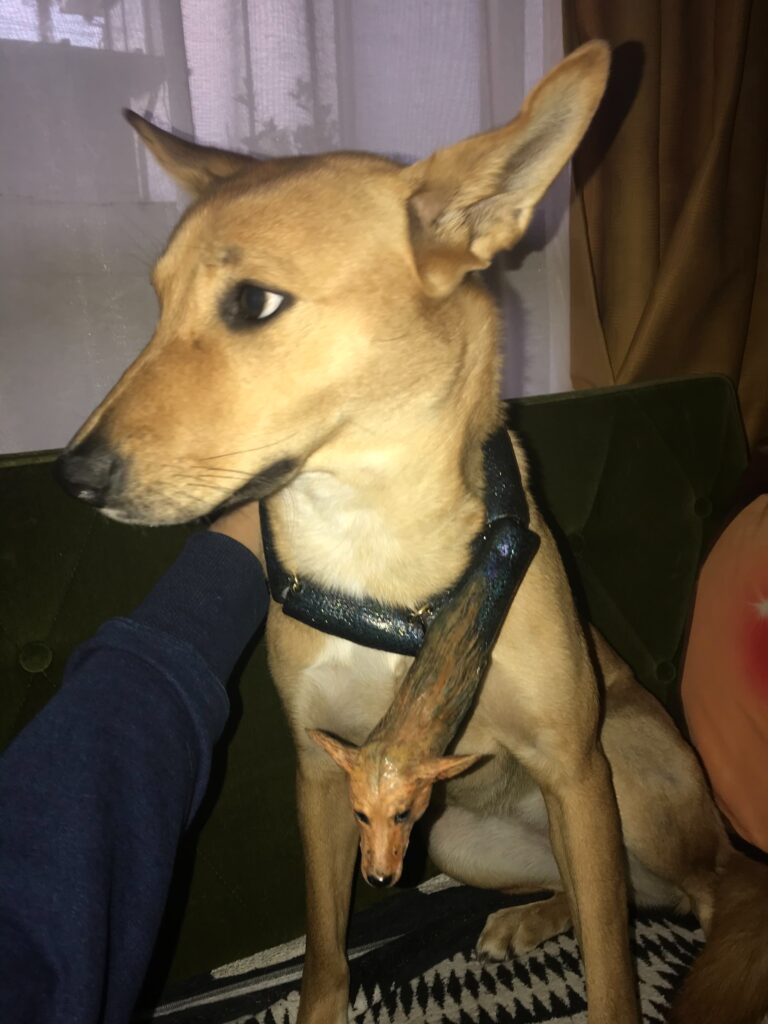
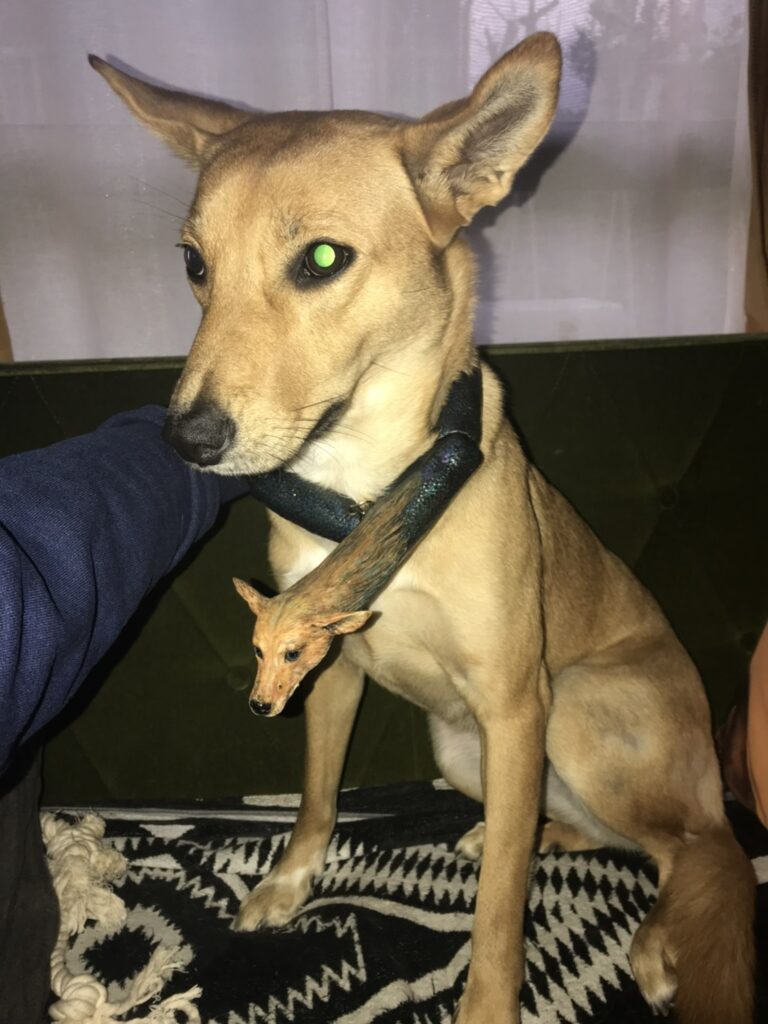
↑徹夜して完成後、この写真を撮るために早朝イヌウナギをつけた写真(2018年)
↑After staying up all night to complete the work, I put on my dog eel early in the morning to take these photos (2018).
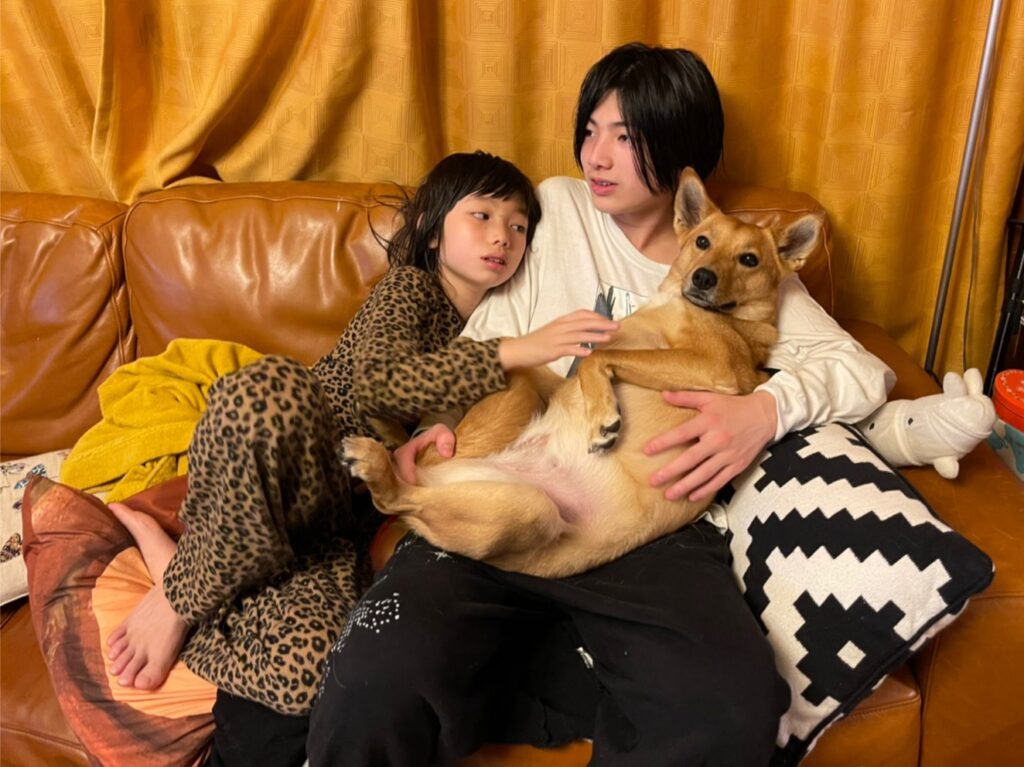
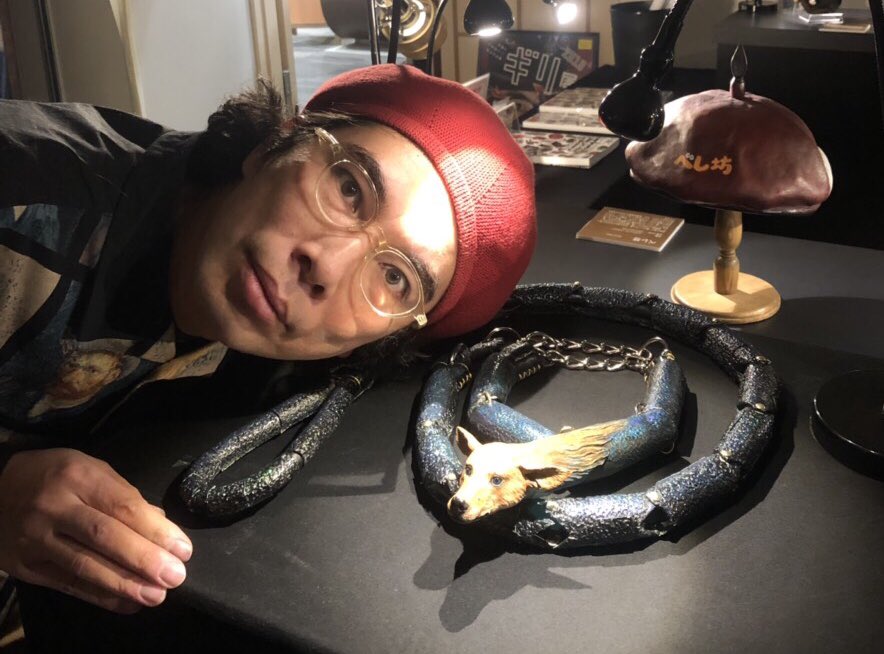
作品写真:廣川 慶明
Photos of the works : Yoshiaki Hirokawa
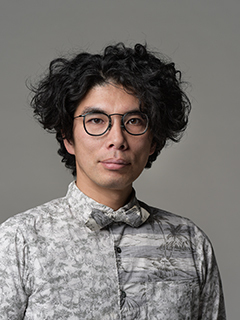
片桐 仁
1973年11月27日生まれ / 埼玉県出身 / 多摩美術大学卒業
ドラマを中心に舞台、映画、ラジオなどで活躍中。近年の主な出演作は「99.9%-刑事専門弁護士-」(TBS)、「あなたの番です」(NTV)、「NHK 連続テレビ小説 エール」(NHK)などがある。
俳優業の傍ら粘土創作活動も行い、2016年から2018年までは「片桐仁不条理アート粘土作品展 ギリ展」にて全国ツアーを開催。2019年は初の海外個展を台湾で開催している。
Jin Katagiri
Born November 27, 1973 / Born in Saitama Prefecture / Graduated from Tama Art University
Active in the stage, movies, radio, etc., mainly in TV dramas series. Major appearances in recent years include “99.9% -Criminal Lawyer-” (TBS), “Your Turn to Kill” (NTV), and “NHK Morning drama series Yell” (NHK).
In addition to acting, he also creates clay, and from 2016 to 2018 he held a national tour at the “Jin Katagiri Absurdity Clay Art Exhibit Giri Ten.” In 2019, he is holding his first overseas solo exhibition in Taiwan.
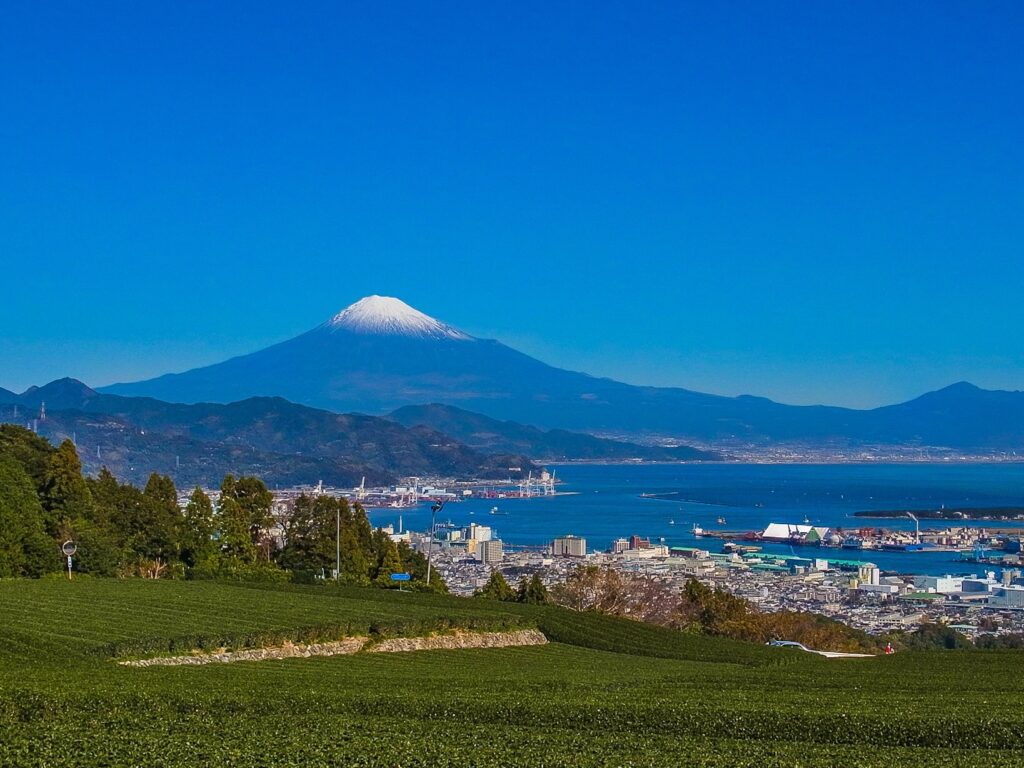
静岡県は本州中部の太平洋沿岸に位置しています。静岡県と言えば、2013年に世界文化遺産登録された標高3,776 mの日本一の山「富士山」が有名ですが、富士山の他にも「お茶の生産量」「まぐろ、かつお類の漁獲量」「ピアノ出荷額」「プラモデル出荷額」など様々な分野で日本1位となっています。また、静岡が誇る駿河湾は水深2500メートルあり、日本一深い湾と言われています。この2500メートルの海底勾配が急な地形になっていていること、富士山の雪解け水が流れていくことなど様々な要素のおかげで、駿河湾はたくさんの魚類などが生息しているとても豊かな海なのだそうです。
その駿河湾を挟んで東に漁港、温泉、ビーチなどが多い“伊豆半島”。西に行くと、日本最大級の漁港“焼津港”や“牧之原の大地の茶畑”があり、うなぎの養殖で知られる浜名湖がある“浜松市”があります。
浜松市は、「何事にも果敢に挑戦してみよう」「何事もまずはやってみよう」という進取の気質「※やらまいか精神」のもと「ものづくりの都市」を目指し発展しています。また、
海、湖、山、川と多彩な自然に囲まれていたり、徳川家康ゆかりの浜松城があったり観光スポットも豊富な魅力満載の都市です。
※やらまいか精神・・浜松地方特有の起業家精神
Shizuoka Prefecture is located on the Pacific coast of central Honshu. Fuji, the highest mountain in Japan at 3,776 meters above sea level, which was registered as a World Heritage Site in 2013. In addition to Mt. Fuji, Shizuoka Prefecture ranks first in Japan in various other areas such as tea production, tuna and bonito catch volume, piano shipment value, and plastic model shipment value. Suruga Bay, the pride of Shizuoka, is 2,500 meters deep and is said to be the deepest bay in Japan. Thanks to various factors, such as the steep topography of the 2,500-meter slope of the ocean floor and the flow of melt water from Mt. Fuji, Suruga Bay is a very rich sea that is home to a large number of fish.
Across Suruga Bay to the east is the Izu Peninsula, home to many fishing ports, hot springs, and beaches. To the west is the city of Hamamatsu, home to one of Japan’s largest fishing ports, Yaizu Port, the tea plantations of Makinohara Land, and Lake Hamana, known for its eel farming.
Hamamatsu City is developing into a “manufacturing city” based on the “Yaramaika Spirit,” a spirit that encourages people to “boldly take on any challenge” and “try everything first.
The city is also surrounded by a wide variety of nature, including oceans, lakes, mountains, and rivers, and is home to Hamamatsu Castle, which is associated with Ieyasu Tokugawa, making it a city full of attractions.
*Yaramaika spirit: the entrepreneurial spirit unique to the Hamamatsu region.
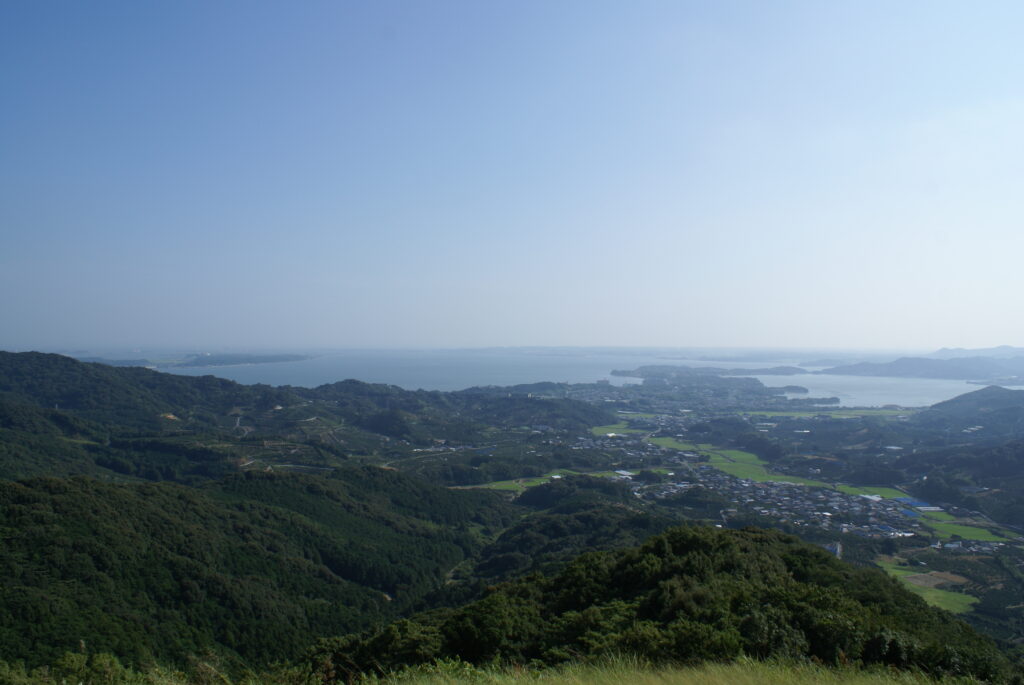
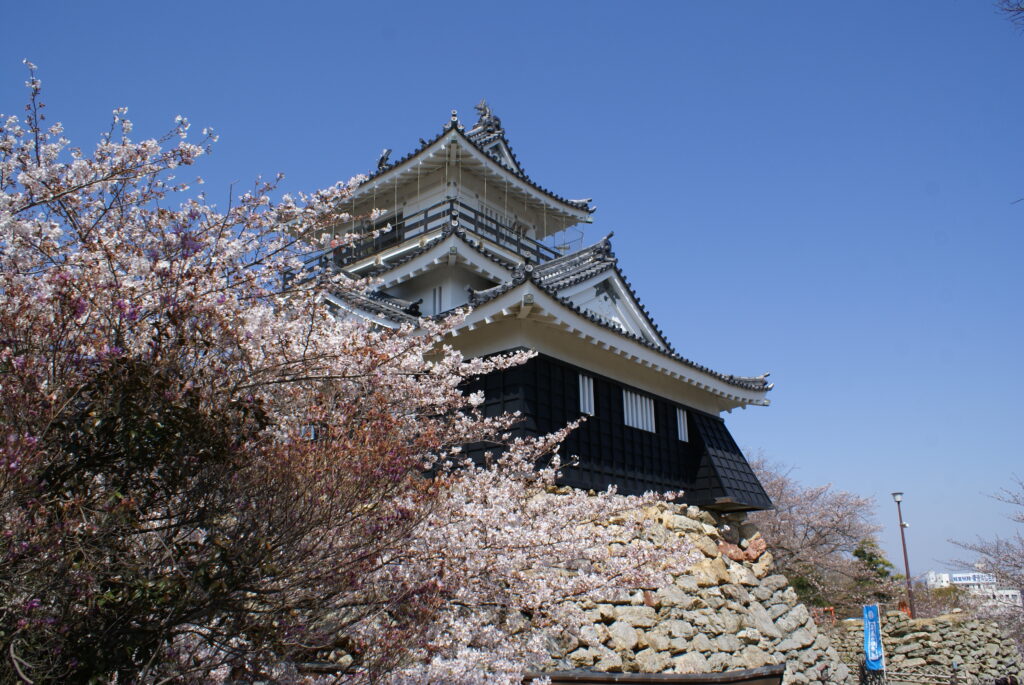
元々は砂州によって境される淡水湖でしたが、1498年の明応地震と高潮により、砂州が決壊し外海と通じて汽水湖となったそうです。汽水湖には海水と淡水の栄養素が集まるため、魚などの生物が非常に豊富に生息しているそうです。天然の生物同様にうなぎ、海苔、牡蠣、スッポンなどの育成にも適しているので養殖産業も盛んです。また、様々なアクティビティを楽しめる観光スポットになっていますが、特に周囲が約128kmと全国の湖の中で二番目の長さを誇る浜名湖をぐるっと一周するサイクリングが人気だそうです。
Originally, it was a freshwater lake bordered by sandbars, but in 1498, the Ming earthquake and high tides caused the sandbars to collapse, creating a brackish lake that connected to the open sea. Brackish lakes are extremely rich in fish and other living organisms because of the concentration of nutrients from seawater and freshwater. Like natural organisms, it is also suitable for growing eels, seaweed, oysters, and soft-shelled turtles, so the aquaculture industry is thriving. It is also a tourist spot where you can enjoy a variety of activities, and cycling around Lake Hamana, which is the second longest lake in Japan with a circumference of 128 km, is particularly popular.
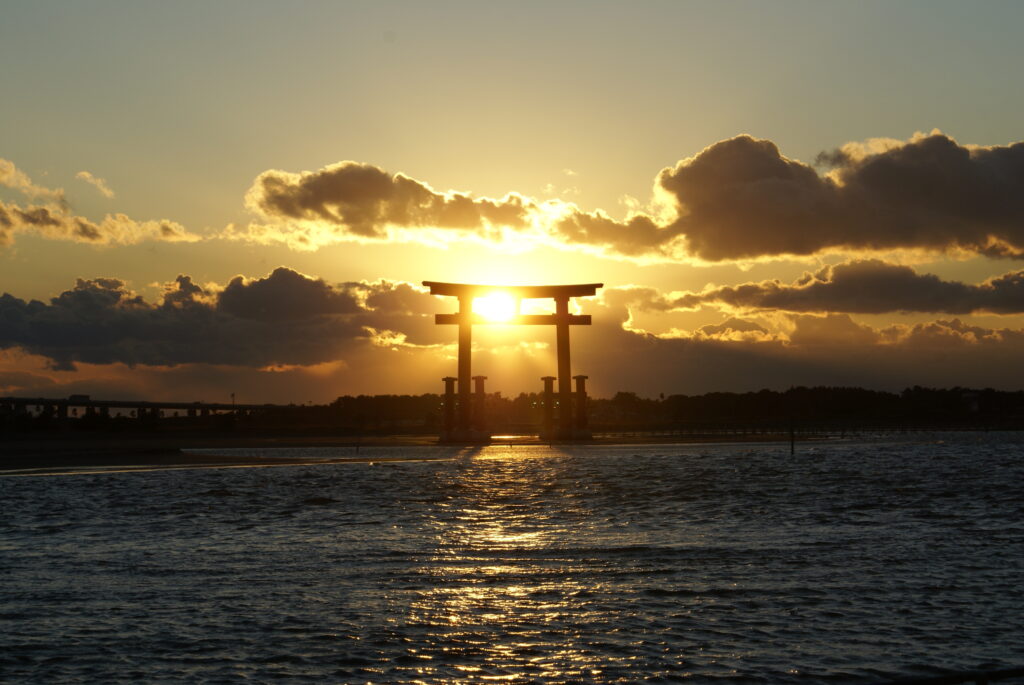
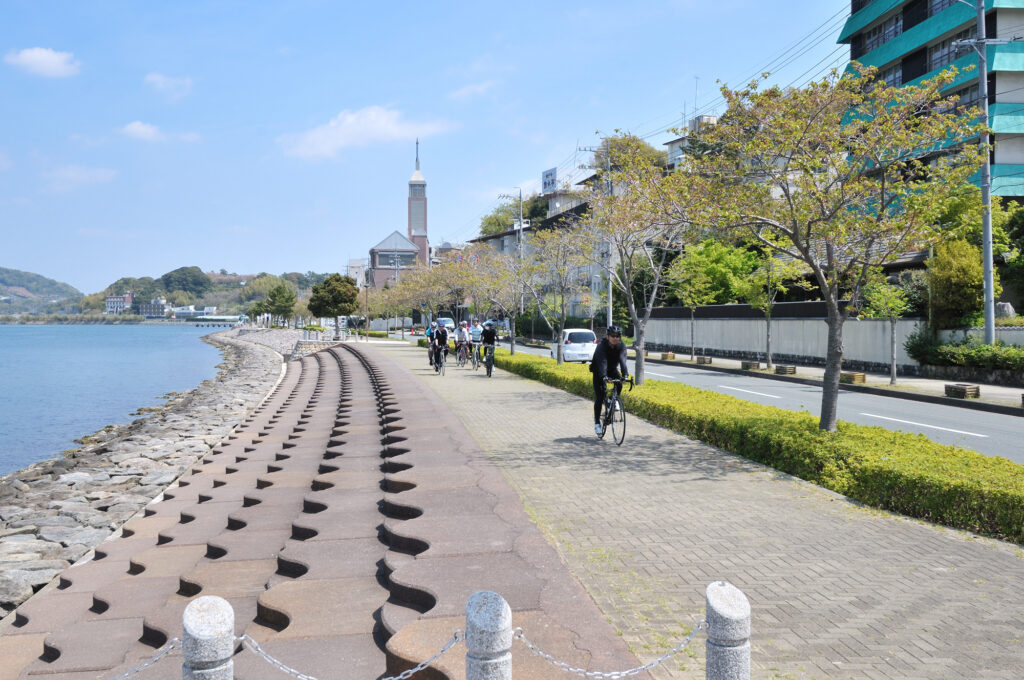
うなぎの養殖は世界的にも難しいとされていましたが、今から100年以上前に東京でうなぎの養殖の研究をしていた服部倉治さんが愛知県への移動中の汽車から浜名湖を見たとき「ここはうなぎの養殖に最適な場所だ。ここならきっとうなぎの養殖ができる」と閃き、すぐに汽車を降りて浜名湖の周辺地域を調べ、この地域がうなぎの養殖に最適な場所だと確信。その後、浜松の地に日本で初めて本格的なうなぎの養殖池を作り成功したそうです。その成功を受けて、養殖に取り組む人々がどんどん集まり浜名湖が全国的にうなぎの養殖で有名になったそうです。
Over 100 years ago, Mr. Kuraharu Hattori, who had been conducting research on eel farming in Tokyo, saw Lake Hamana from a train traveling to Aichi Prefecture and thought, “This is the best place for eel farming. I’m sure we can farm eels here.” He immediately got off the train to investigate the surrounding areas of Lake Hamana and became convinced that this area was the best place for eel farming. He then built Japan’s first full-scale eel farming pond in Hamamatsu and succeeded. Following the success of this project, more and more people came to work on eel farming, and Lake Hamana became famous for eel farming nationwide.
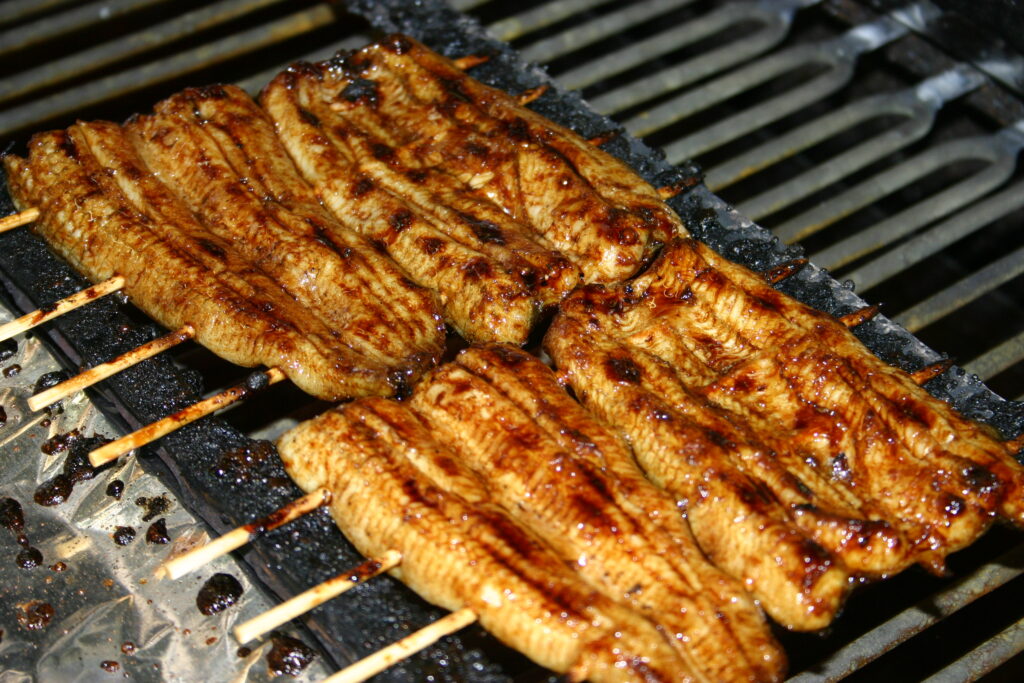
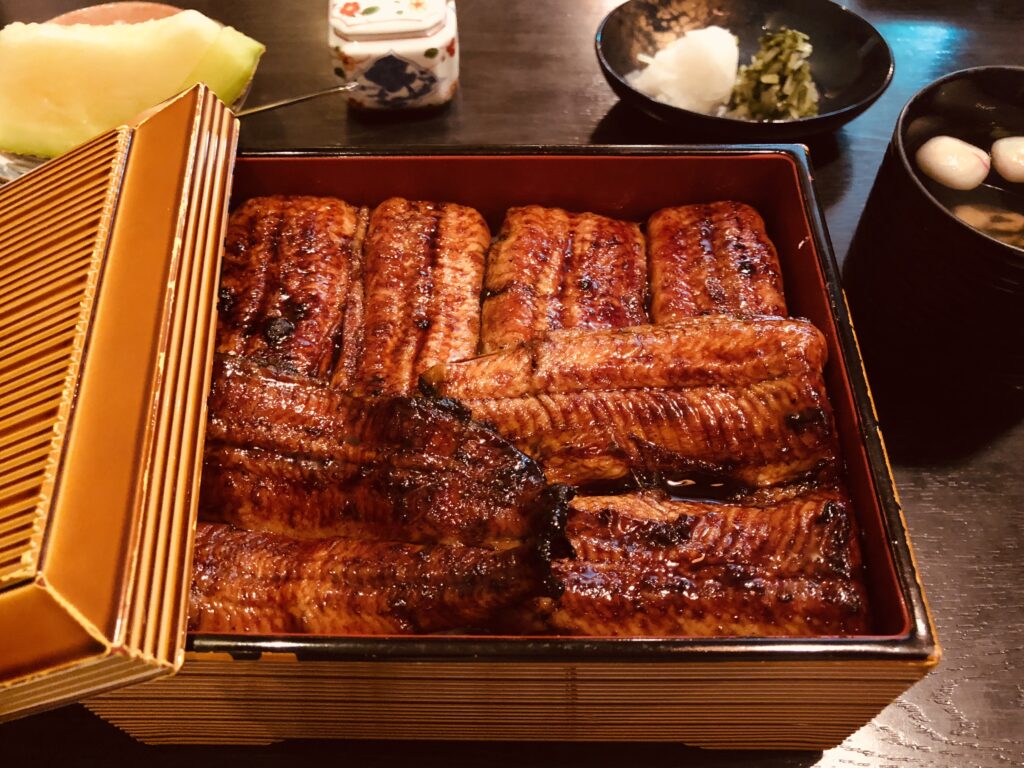
日本では、うなぎの骨が約5,000年前の縄文時代の貝塚から出土されています。昔から日本人にとって身近な食材だったと言われています。現在は、うなぎを開いてお醤油、みりん、砂糖などで作った濃厚なタレにつけ焼く「蒲焼」で食べるのが一般的ですが、この食べ方になったのは江戸元禄時代(1688年〜1704年)以降のようです。その頃から日本の東西は文化が違いました。そのため、うなぎの開き方が東西で異なったそうです。
関東ではうなぎの背中から開くのに対し、関西では腹から開くのが主流になっています。その理由には諸説あるそうですが、その昔、江戸時代のころ関東の町には侍が多い武家社会だったので、「切腹」を連想される腹開きは縁起が悪いとされ背開きが主流になったと言われています。また、関西は商人文化だったので「腹を割って話す」ということを意味する腹開きが好まれたと言われているそうです。この、関東と関西の境界線が浜松市周辺になっているとのことで、浜松では両方の調理方法を楽しむ事ができるそうです。
In Japan, eel bones have been unearthed from shell mounds dating back to the Jomon period, about 5,000 years ago. It is said that eel has been a familiar food for Japanese people since ancient times. Nowadays, eels are generally eaten as “kabayaki,” which means they are opened and dipped in a thick sauce made of soy sauce, mirin, sugar, etc. This way of eating eels seems to have been adopted after the Edo Genroku period (1688-1704). Since that time, the East and West of Japan had different cultures. As a result, the way of opening eels differed between East and West.
In the Kanto region, the eel is opened from the back, while in the Kansai region, it is usually opened from the belly. There are various theories as to why this is so, but it is said that during the Edo period (1603-1868), Kanto was a samurai society with many samurai, so opening the eel from the belly, which is associated with “seppuku,” was considered bad luck, and the back opening became the mainstream. On the other hand, in the Kansai region, where the culture was that of merchants, it is said that the belly-breaking method was preferred because it meant “Talk with the belly breaking (it means heart-to-heart talk)”. It is said that the borderline between Kanto and Kansai is around Hamamatsu City, and you can enjoy both ways of cooking in Hamamatsu.
写真提供:浜松・浜名湖ツーリズムビューロー
参考資料:浜松市公式HP (city.hamamatsu.shizuoka.jp)
リチャード・シェヴァイド著 梶山あゆみ訳「ウナギのふしぎ」(日本経済新聞出版社、2005年)
Photo credit : Hamamatsu & Lake Hamana Tourism Bureau
References : Hamamatsu City official HP (city.hamamatsu.shizuoka.jp)
Richard Schweid Consider the Eel (Nikkei Business Publications, Inc. 2005)
浜松は、「うなぎ」と合わせて「浜松餃子」がご当地グルメとして人気があります。日本に於ける焼き餃子の歴史はどの地域もほぼ同じとされ、「戦後(1945年)、中国方面からの復員兵たちが商売として始めた」ことだと言われていますが、浜松餃子はそれより古い歴史があるそうです。大正時代〜戦前(1912年〜1930年ごろ)、浜松市にはたくさんの中国人が居たそうです。その方達が営んでいた中国料理店で、当時から焼き餃子を出していたという事がわかっているそうです。戦後になり、そのお店で勤めていた方々が味などを継承し現在の「浜松餃子」になっていったそうです。
In Hamamatsu, “Hamamatsu Gyoza” is popular as a local gourmet food as well as “Unagi (eels)”. It is said that the history of yaki-gyoza in Japan is almost the same as in other regions, and that it was started by demobilized soldiers from China as a business after the war (1945), but Hamamatsu gyoza has an even older history. During the Taisho era and before the war (around 1912 to 1930), there were many Chinese people in Hamamatsu City. It is known that the Chinese restaurants that they ran were serving yaki-gyoza from that time. After the war, the people who worked at the restaurant inherited the taste of the gyoza and made it into the present “Hamamatsu Gyoza”.
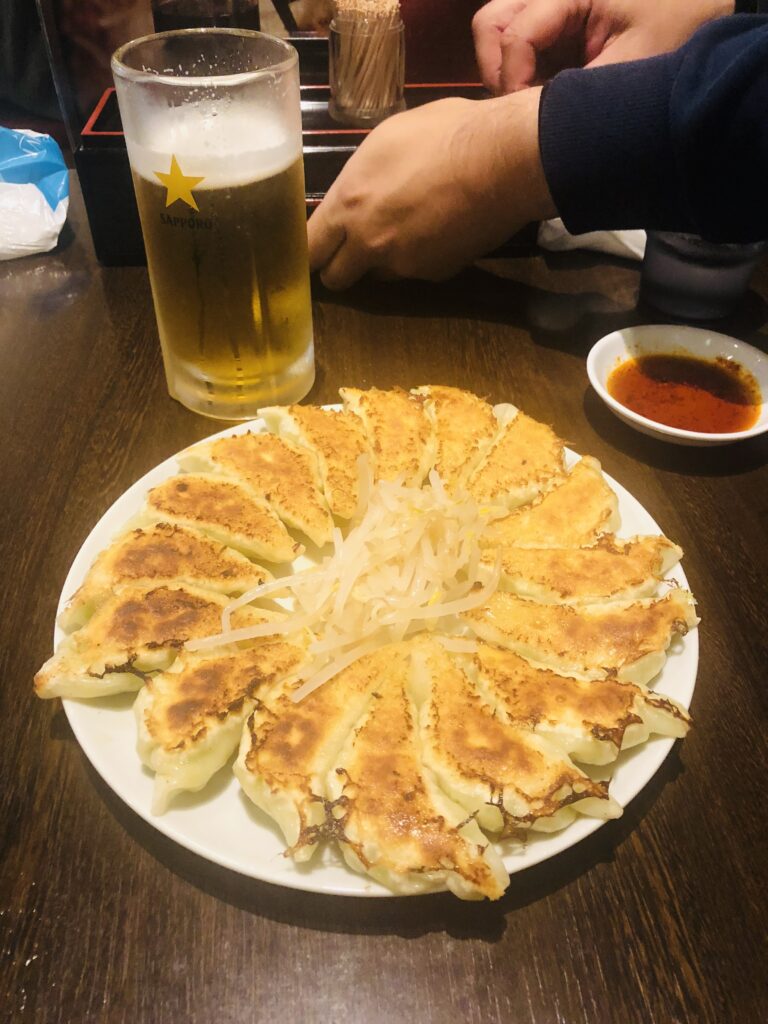
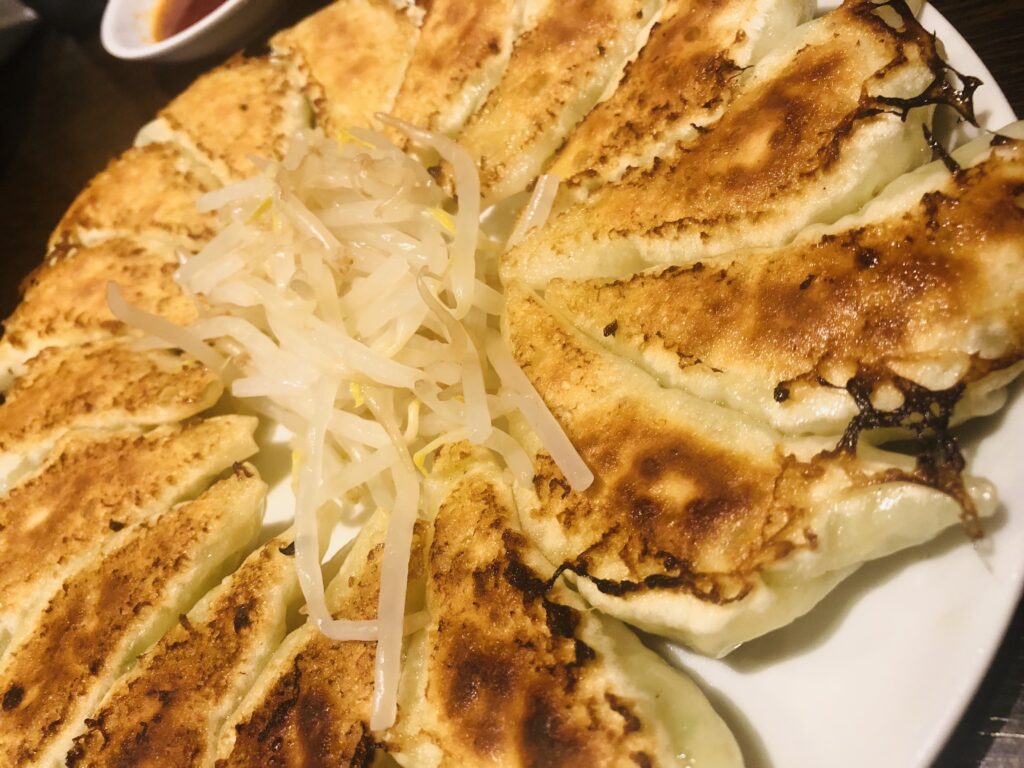
丸く焼いた「円型焼き」、真ん中ちょこんと乗っかった「もやし」。これが、浜松餃子の特徴のひとつだそうです。屋台で商売している焼き餃子屋さんが多かった時代、鉄板で大量に焼けないので、フライパンで焼いていたのですが、一度にたくさんの餃子を焼くために考えだされた方法が、円形に並べて焼くことだったそうです。キャベツを中心にしたあっさり味に豚肉のコクが美味しい浜松餃子は一人でいくらでも食べる事ができたので、円形に焼いた丸ごと一皿が一人前の商品となったそうです。円形に焼くと真ん中に穴が開きます。その穴が気になり、お刺身のつまのように何か付け合わせをと考え「もやし」に辿り着いたそうです。みずみずしいモヤシは、箸休めにぴったりですね。
The round shape of the dumpling and the bean sprouts in the middle. This is one of the characteristics of Hamamatsu gyoza. In the days when many yaki-gyoza shops sold their gyoza at food stands, they couldn’t cook a large quantity of gyoza on a griddle, so they cooked them in a frying pan. In order to bake a large number of gyoza at one time, they came up with the idea of baking them in a circular layout. Hamamatsu gyoza, with its light taste of cabbage and richness of pork, could be eaten by a single person, so a whole plate baked in a circle became a product for one person. When baked in a circle, a hole appears in the middle. The hole bothered them, so they decided to use bean sprouts as a garnish for sashimi. The fresh bean sprouts are perfect as a chopstick rest.
写真提供:浜松・浜名湖ツーリズムビューロー
参考資料:浜松商工会議所商業観光課「世界にPR Welcome浜松餃子」
https://www.hamamatsu-gyoza.jp/
Photo credit : Hamamatsu & Lake Hamana Tourism Bureau
References : Hamamatsu Chamber of Commerce and Industry 「Welcome Hamamatsu Gyoza」
Hamamatsu Gyoza Special Site | Hamamatsu Chamber of Commerce and Industry Hamamatsu Gyoza PR Project to the World (hamamatsu-gyoza.jp)
ギリ展全国ツアーの楽しみの一つは、ご当地グルメでした。東京にいながら日本各地のご当地グルメを食べることもできますが、現地で食べる美味しさにはかないません。2018年のイオンモール浜松志都呂で開催したギリ展の時は、今回ご紹介した「うなぎ」と「浜松餃子」を堪能させていただきました。美味しかった〜!もう一度現地で食べたいご当地グルメだったので、今回紹介させていただきました。この記事を書きながらもよだれがじゅるりと出てきます。
One of the fun parts of the Giri Exhibition national tour was the local gourmet food.You can eat local gourmet food from all over Japan while you are in Tokyo, but nothing compares to the taste of local food. At the Giri Exhibition held at AEON Mall Hamamatsu Shidoro in 2018, I enjoyed the “unagi” and “Hamamatsu gyoza” that I introduced here. They were delicious! It was a local specialty that I wanted to try again, so I decided to introduce it here. I’m drooling even as I write this article.
文:THAT IS GOOD編集部 藤田
Text : THAT IS GOOD editorial department, Fujita
